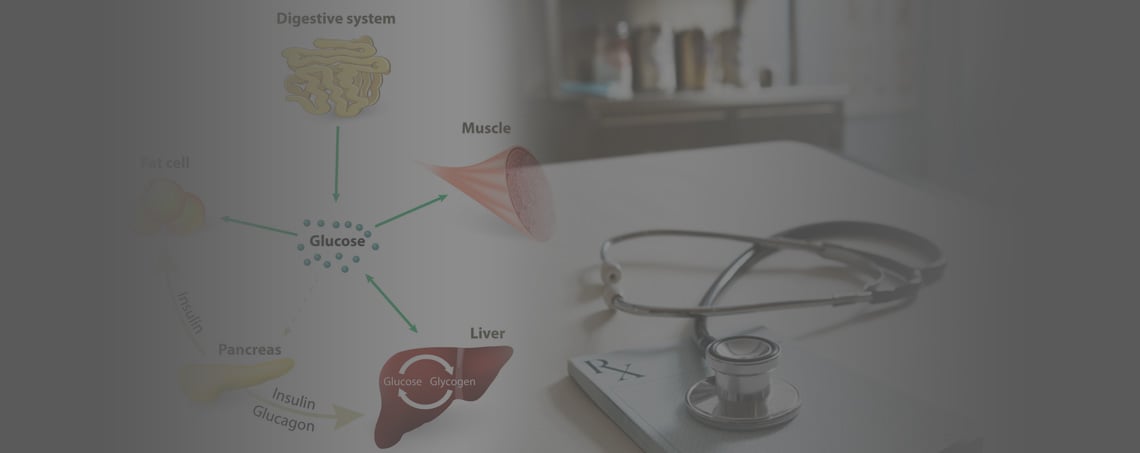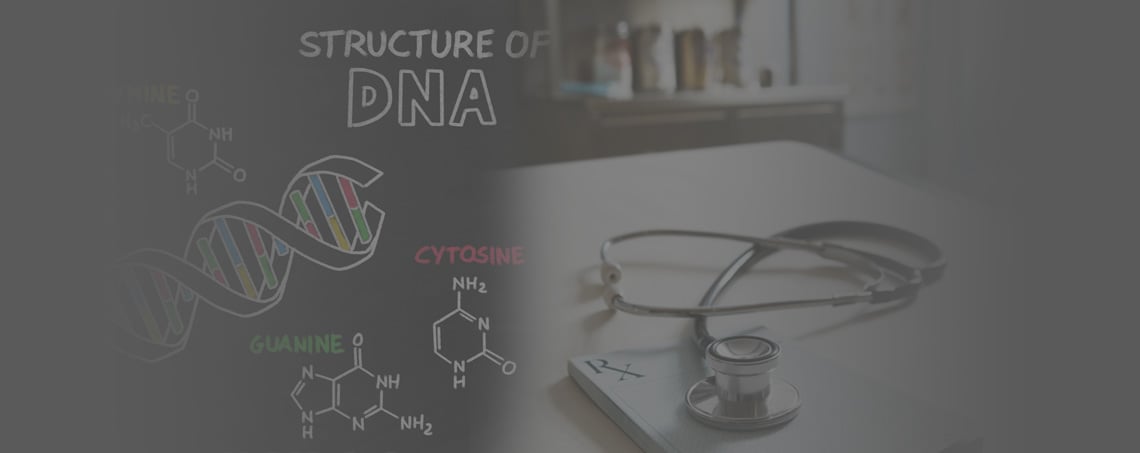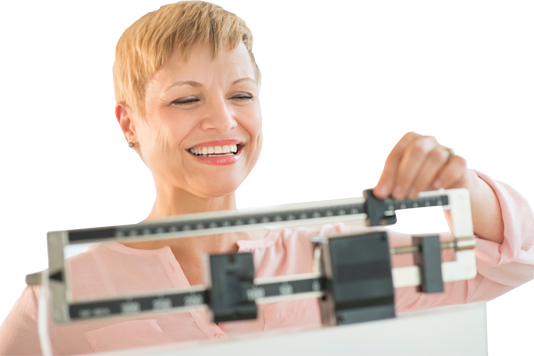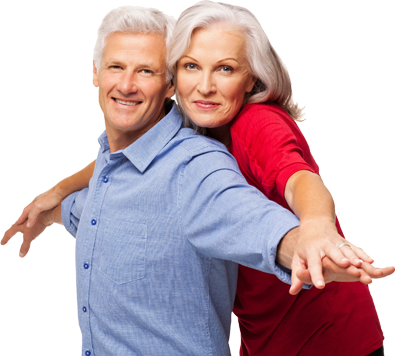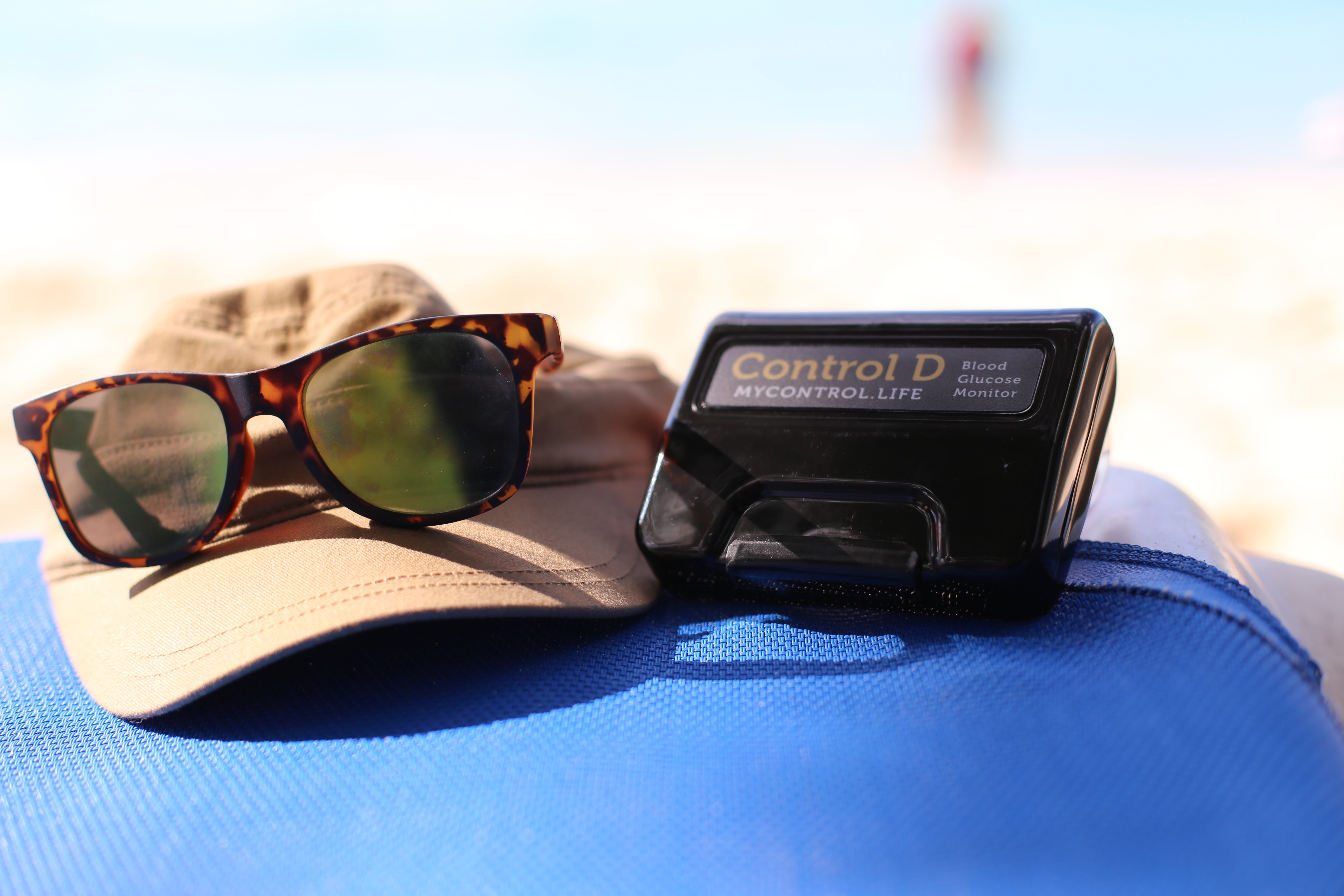What is the best type if exercise for weight loss?
If you’ve been grinding away on a cardio exercise program and/or starving yourself in an effort to lose weight, we have good news: there is a better way. One that’s not only more effective but more pleasant.
Lengthy sessions panting and sweating on the elliptical or treadmill certainly boost your heart rate and burn calories. In the short term it will help you reduce your weight. And although ingesting fewer calories than you burn will surely lead to weight loss, you could also be cutting back on nutrients essential to maintain the health of all areas of your body, including bones and muscles. Over the long term, too much of this type of exercise can lead to joint or muscle problems, injuries and fatigue. In addition the initial weight you lose will start to slow down.The truth is, the best type of exercise for long term weight loss is strength building, also called resistance training.
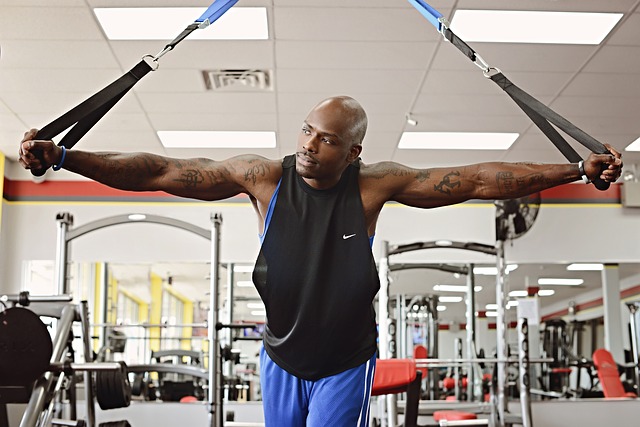
WHAT IS RESISTANCE TRAINING?
Resistance training is the act of a weight resisting the force of your muscle against gravity. Take a bicep curl, for instance. The bicep muscle contracts and pulls the weight against the force of gravity pulling it down. The act of pushing or pulling against the weight actually creates micro tears in the muscle which is partially responsible for the soreness with a workout. With these tears the body repairs and rebuilds the damaged muscle and builds it stronger to respond to the training. The heavier the weight or resistance the more muscle building that develops. So resistance training then is training your body to handle more and more resistance. As your muscle are able to lift more the muscle grow and develop. This is good because muscle is more metabolically active than fat thus increasing your metabolism. Additionally when your muscles are sore the repair process burns more calories as it is and added calorie expenditure. This is called "after-burn" and in this way you are burning fat while building muscle.
RESISTANCE TRAINING AND WEIGHT LOSS
Starting in our 30's adults naturally lose around 3% to 5% of muscle mass annually depending on your activity level. That muscle is usually replace with fat but not always. The loss of muscle along with the replacement with fat and decreased muscle strength is referred to as age related sarcopenia. While sarcopenia is not destined to occur in every person, with age some muscle loss will occur regardless of what you do. So what can you do if anything to prevent muscle strength, mass, and function decline? How is this process related to weight loss and overall health?
Resistance training or weight lifting can actually prevent or even reverse the process of sarcopenia. The thing is you have to be lifting enough weight so that it actually matters to your muscles. That means the weight lifting should cause your muscle to be sore afterwards and it should burn during. Most people make the mistake of doing the same exercise with the same weight month after month and year after year. While this is not bad, you are doing less good and it won't make much of an impact to prevent the sarcopenia with age.
With regard to weight loss, when the muscle gets replaced with fat your metabolically changing inside and initially the scale actually won't change much. Over time, however, that metabolically less active tissue will require less calories. If there is not a corresponding decline in caloric intake, you will gain weight. This is at least one reason many people struggle to lose weight when they get in their 40's and 50's. By the time it becomes a noticeable problem, there has already been so much changes that have occurred in the body, it is difficult to turn around. If this is you, consider hitting the weights or getting a trainer to get those muscle sore. Just be sure you know what you are doing so you don't get injured.
Aside from strengthening muscles, improving metabolism, and weight loss, resistance training also strengthens joints and ligaments. For those at risk for falling and bone fractures, it improves your balance, coordination and flexibility. Post-menopausal women with declining bone density, can combat these declines, thereby reducing risk of fractures. In terms of cardiovascular function it improves HDL cholesterol, reduces triglycerides, and improves how blood sugar is processed.
The combination of eating fewer calories, using strength training to boost metabolism and keeping your hormones in balance causes your body to burn stored body fat. You will lose weight, and you will be in better physical condition overall.
GETTING YOUR (RESISTANCE) EXERCISE
You can head to the fitness center to work out or lift weights in the privacy of your own home. But you don’t even need fancy equipment or a gym membership to engage in highly effective strength training. You just need to put some extra effort into finding the resistance to use. Think about it in terms of the different major muscle groups:
- Chest – The main movement of this musce group is pushing. Push-ups can easily be done at home and on the road. There are different angles you can place your hands to work different aspects of the chest
- Back – The main movement of this muscle group is pulling. Remember you have to pull against gravity. You could use a water jug pulled to your chest as you are bent over. A pull up bar would also be useful.
- Legs – The main movement of the legs it to extend the body from a full squated or semi-squated position and push the body up. This occurs when we get up from a chair, walk, or run. To strengthen the legs you can start with standing from a seated position multiple times in a row. As it gets easier you have to do more or change the angles of the squat to make it harder.
Exercise bands are also very useful in the home setting and you can use YouTube to learn new exercises and proper form. There are plenty of free initial workout videos from well qualified trainers.
These are movements you could easily do or incorporate in the course of normal everyday activity. The key is to have enough resistance where your muscles actually respond. The key here is, if you are not getting sore, the muscles will not respond. Regardless of the program or capacity in which you decide to incorporate resistance training, bear in mind your muscles require rest in between periods of exercise. There are different programs but a general approach is to schedule your resistance training every other day – or 3 days a week.
Here at Southwest Integrative Medicine, we take a holistic approach to all aspects of wellness, including weight loss. If you have additional questions about what type of exercise is best for you, or you want to start a personally tailored weight loss regimen, we are here to help.
